Arthur "Art" M. Felix
Arthur "Art" M. Felix, one of the founders of the American Peptide Society, passed away on February 4, 2025 at his home in West Caldwell, New Jersey, from complications of prostate cancer. Felix received the 1996 Vincent du Vigneaud Award in recognition of his numerous research accomplishments while leading the peptide program at Hoffman-LaRoche Inc., and then embarked on a second career as a chemistry and biochemistry professor, first briefly at William Paterson University, Wayne, NJ. and then for a decade and a half at Ramapo College of New Jersey, Mahwah, NJ. Beyond his distinguished scientific and pedagogical contributions, Felix was an avid sports fan and author of TR 13: The Death Protein, 2013, a scintillating synthesis of his interests in baseball and biotechnology. He is survived by his wife of 57 years, Maureen "Micky" Felix, née Kopelson; their two children, Alison Felix, wife of Ron Pawlowski, and Stephan Felix, husband of Miwako; and two grandchildren, Ken and Noa Felix.
Arthur Felix was born in the Bronx, New York City, on June 15, 1938, into a Jewish family and grew up in the shadow of Yankee Stadium. Felix's primary, secondary, and higher education were all obtained in New York City. He earned his Bachelor of Arts degree in Chemistry from New York University in 1959 and his Ph.D. with Murray Goodman at the Polytechnic Institute of Brooklyn, now Polytechnic Institute of New York University, in 1964. As a graduate student, he mentored an undergraduate, Charles M. Deber, leading to their life-long friendship. Felix then spent a 2-year postdoctoral period with E.J. Corey at Harvard University, 1964–1966. As an undergraduate, Felix received the Chemistry Alumni Club Annual Award, and his predoctoral and postdoctoral work was supported by prestigious fellowships from the National Institutes of Health.
Felix joined Hoffmann-La Roche Inc., Nutley, NJ, in 1966, and spent a sabbatical year, 1968–1969, at The Rockefeller University as a Guest Investigator with R. Bruce Merrifield. This experience allowed him to establish a Peptide Research Department at Roche, where he was Head and a Distinguished Research Leader until his 1995 retirement.
During his research career, Felix authored more than 180 publications in peer-reviewed scientific journals, as well as about 30 U.S. and foreign patents. In 1996, he received the Vincent du Vigneaud Award of the American Peptide Society for research contributions to peptide science. Felix and coworkers were pioneers in the site-specific PEGylation of synthetic peptides, a concept that has had diverse medically important applications, such as extending half-lives in the bloodstream of GLP-1 agonists like liraglutide and semaglutide. PEGylation has also been generalized for the creation of effective mRNA-based vaccines. In solid-phase peptide synthesis, SPPS, methodology, Felix developed a scheme for chain assembly in the N → C direction, optimized catalytic transfer hydrogenolysis for rapid protecting group removal, found efficient procedures for side-chain to side-chain cyclization, reported on a fluorescence-based alternative to the classical ninhydrin test, and studied the biophysical basis of "difficult" couplings and how to circumvent them. His multidisciplinary body of work, informed by rational design, spectroscopy, and conformational analysis, aimed to solve important biological problems related to growth hormone-releasing factors, amyloid fragments, and synthetic peptide vaccines.
In 1990, Arthur Felix was a founder, along with Deber, Victor J. Hruby, Clark Smith, and John Smith, of the American Peptide Society, and held leadership roles for several years following. Felix was also a long-time member of the American Chemical Society and of Sigma Xi. He served with distinction on numerous editorial boards, including the International Journal of Peptide & Protein Research, Peptide Science, the Journal of Peptide Research, and Analytical Biochemistry. Felix was an editor, along with Murray Goodman, Luis Moroder, and Claudio Toniolo, of the comprehensive 5-volume treatise Synthesis of Peptides and Peptidomimetics, 2001–2003, published under the definitive Houben-Weyl series.
With Bruce and Elizabeth "Libby" Merrifield, Alexander R. Mitchell, Svetlana Mojsov, James P. Tam, and Cecille Unson O'Brien, Felix produced and edited the 2001 video Peptide and Protein Synthesis: Origin and Development which reviews a hundred years of history in the field and is now permanently posted on the American Peptide Society's website. Art Felix, together with George Barany, organized a satellite symposium in San Diego for Merrifield's 80th birthday in 2001, and co-edited a special journal issue in Merrifield's honor that same year. At Bruce Merrifield's memorial in November 2006, Art had the honor to summarize Bruce's life story and career, a lecture that was later adopted to a print article in Peptide Science, 2007.
Upon retirement from Roche, Felix taught at William Paterson University, Wayne, NJ, from 1995–1997, then moved to Ramapo College of New Jersey, Mahwah, NJ, where he worked until his 2012 retirement with the rank of Emeritus Professor. At Ramapo, Felix taught courses in organic chemistry, biochemistry, and medicinal chemistry and served as a research mentor for many students. He received the Fred and Florence Thomases Faculty Award in 2006 for teaching, scholarship, and service, and was elected as a Distinguished Member of The National Society of Collegiate Scholars, 2011.
Since the beginning of the 21st century, Art and Micky Felix spent their summers on the Big Island of Hawaii and moved there year-round after Art's retirement. They designed and built a house together and lived there from 2014 until health reasons necessitated a return to New Jersey in 2022. While in Hawaii, Felix continued to contribute to scholarly and community activities, most notably serving as Vice President of the Board of Directors of the Kona Community Hospital, and acting as an ad hoc reviewer/evaluator for the University of Hawaii at Manoa.
Art Felix had many friends in the peptide community, who admired and benefitted from his intellect, devotion, organizational skills, kindness, and generosity. Below, we have collated a few anecdotes – centered around Art's great passion for sports – that might convey a sense of the drama and fun of his life.
As a boy, one of Art's prized possessions was a baseball autographed by the Yankee Clipper himself, Joe DiMaggio. His older brother Harvey, probably jealous because the ball was a major attraction in the neighborhood, insisted that the ball be used for a pick-up game and promised he would be gentle. Unfortunately, with the growing intensity of the game, the cover came off the ball. Years later, Art was known to mumble in his sleep "the cover came off the ball!"
Few who were alive at the time will ever forget the classic Clay-Liston bout in Miami Beach, on February 25, 1964, in which the 8:1 underdog prevailed – the next day, the winner changed his name to Muhammad Ali. In an iconic photo from the fight, the third man in the ring is Art's father, Barney Felix. Years later, his wife, Micky, gave Art an autographed boxing glove belonging to Ali, and it became one of his prized possessions.
Art arrived a few hours ahead of game time for an early season Yankees game in 1983, and perched himself behind the left-field fence in hopes of snaring a souvenir. Suddenly, a lazy batting practice fly ball was lofted into his general direction. Just as Art stuck out his gloved hand, Yankees star Dave Winfield, who had been doing his warmup calisthenics in the outfield, decided to try to catch the same ball. The ensuing collision was severe enough that Art was rushed to a local emergency room for repairs to his hand, and missed the entire game. Undeterred, he wrote about the incident to Yankees owner George Steinbrenner, who – much to Art's surprise – invited him to sit in the owner's box at a game of his choosing, later the same season, as Steinbrenner's personal guest. Thus, our hero had a front-row seat to what has since gone down in history as "the pine-tar game" on July 24, 1983.
Art was also an avid New York Rangers hockey fan. The Rangers were mired in a drought of over half a century since winning the Stanley Cup championship, but were about to play a Cup-deciding 7th game against the Vancouver Canucks. However, at the exact same time, on the morning of June 15, 1994, Art was scheduled to give a plenary lecture at a Chinese Peptide Symposium in Beijing. Meanwhile, his longtime friend Charles Deber, who was also attending the Symposium and also a Rangers fan, went to extraordinary lengths back at the hotel to follow the progress of the final game – being played at Madison Square Garden in the evening 13 time zones away – by having a friend in Toronto hold a phone next to his TV set for 3 hours. Finally, just as our hero strode to the podium, Charles ran into the auditorium and handed him a note which read simply: "Happy Birthday. Rangers win 3-2."
George Barany, University of Minnesota – Twin Cities
Charles M. Deber, University of Toronto, Hospital for Sick Children
Svetlana Mojsov, The Rockefeller University
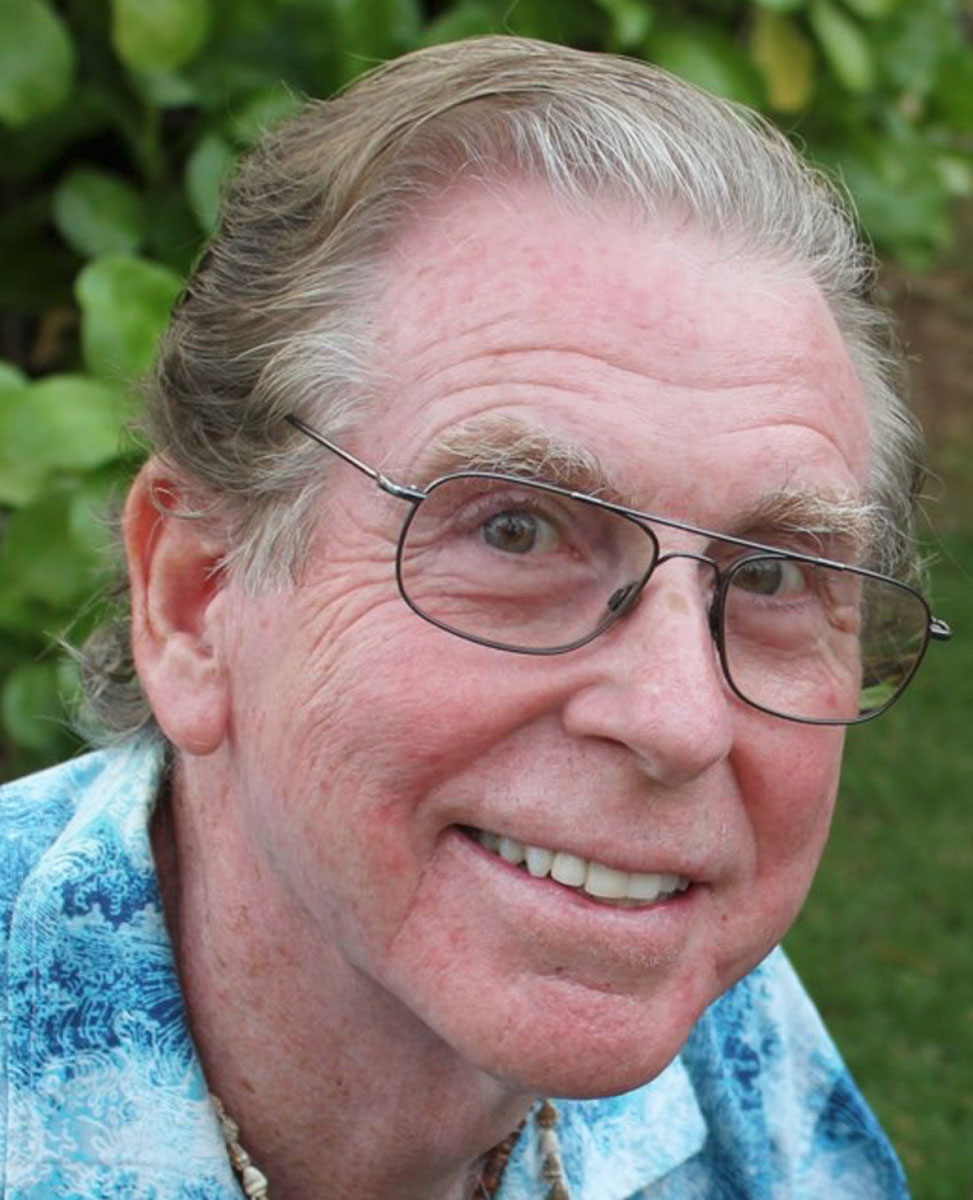
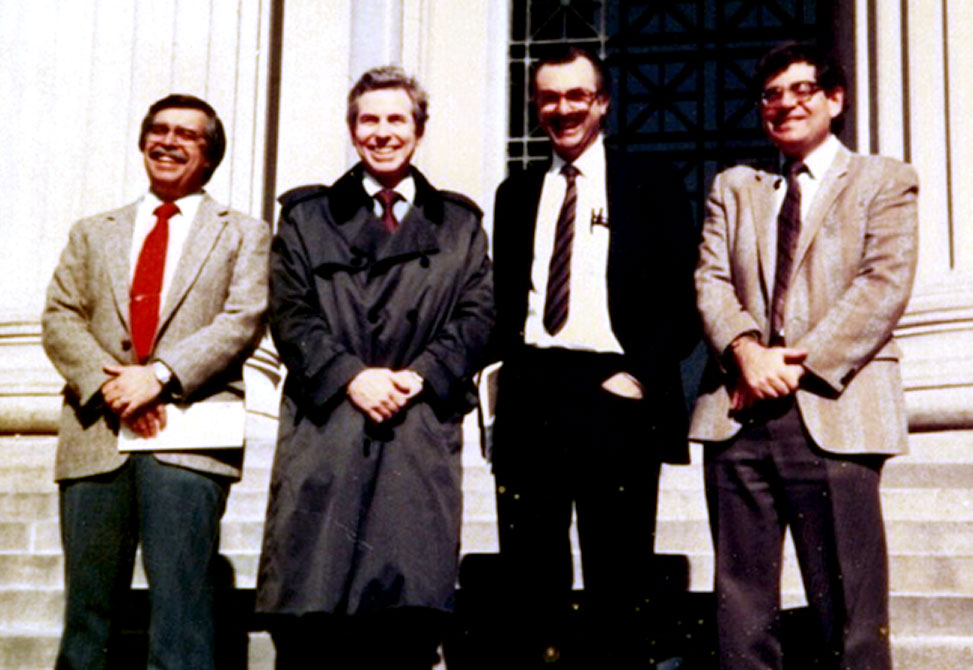
Founders of the American Peptide Society on the MIT campus, Cambridge, Massachusetts, 1990.
From left to right: Clark Smith, Arthur M. Felix, Victor J. Hruby, and Charles M. Deber.
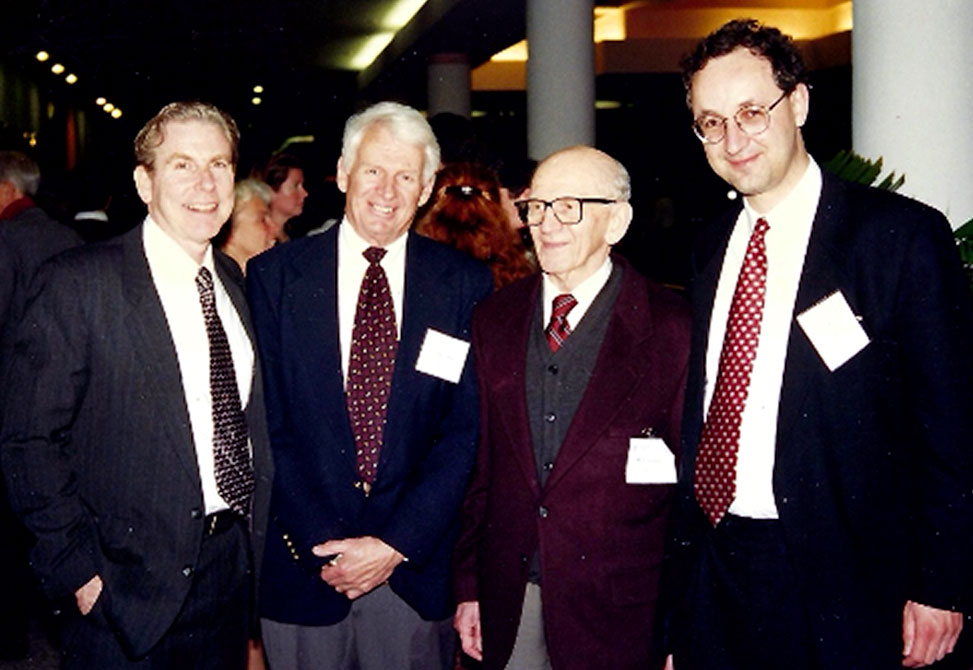
Vincent du Vigneaud Award at the 1996 Gordon Research Conference on “Chemistry & Biology of Peptides” in Ventura, California.
From left to right: Arthur M. Felix, Richard G. Hiskey, Miklos Bodanszky, and George Barany
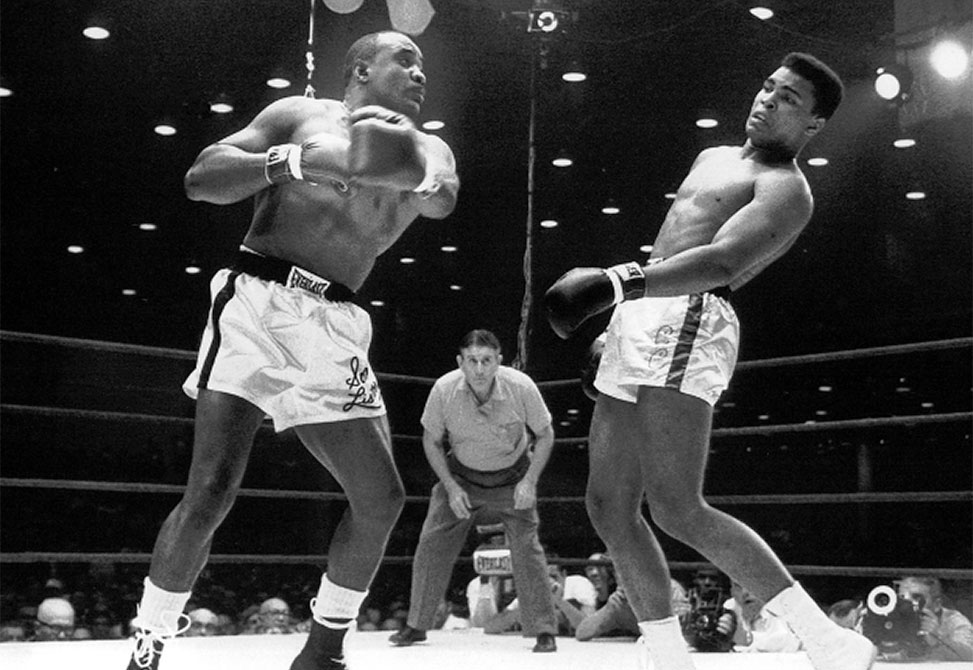
An enlarged print of this photograph occupied a full wall in the Felix condo in Hawaii.
From left to right: Sonny Liston, Barney Felix, and Cassius Clay, Miami Beach, Florida, February 1964.
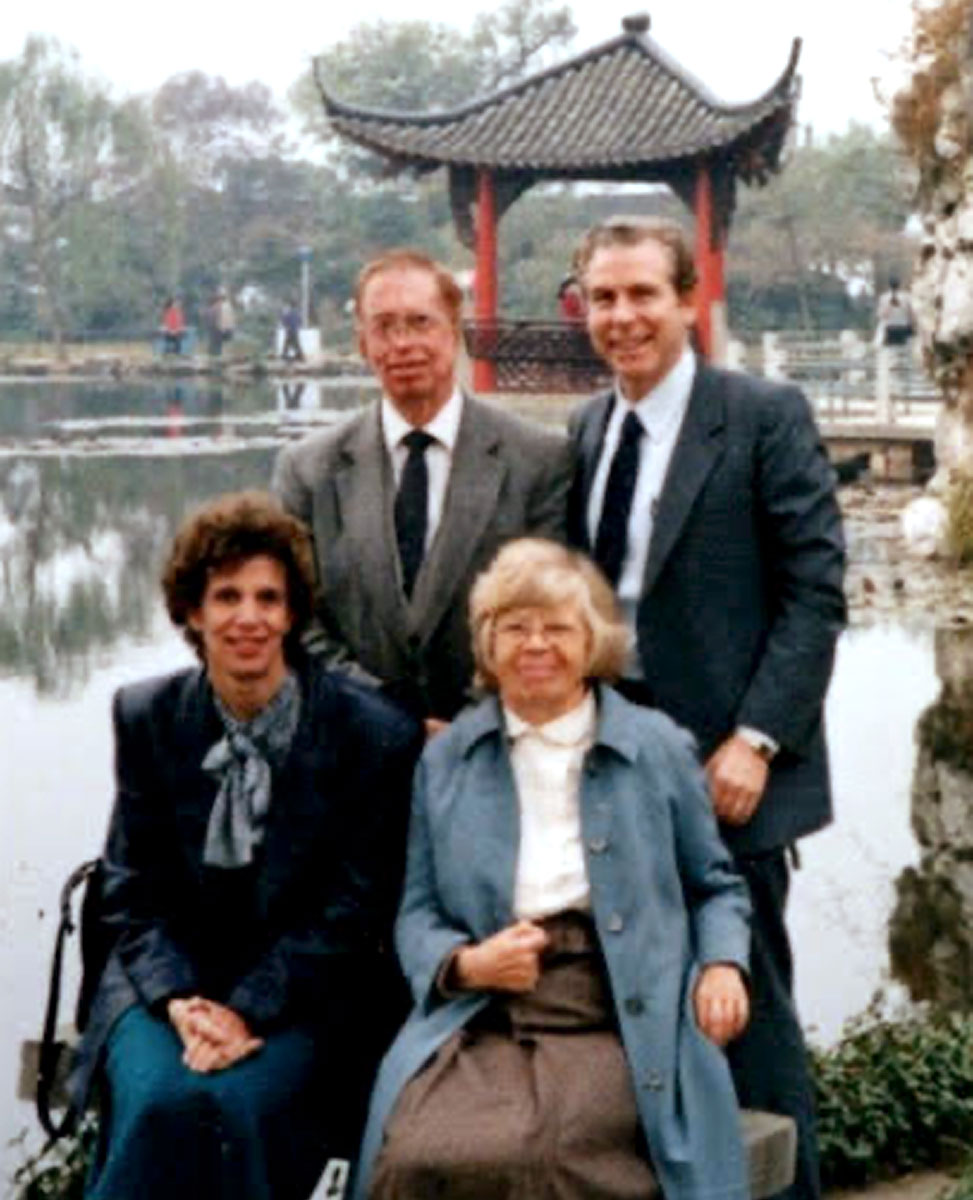
Bruce and Libby Merrifield with Art and Micky Felix, at West Lake, China, June 1994.

